Introduction
The beauty of our planet lies in the incredible biodiversity that surrounds us. But sadly, many species are teetering on the brink of extinction. The term “endangered species” refers to animals and plants that face an extremely high risk of disappearing forever. Their decline is caused by various factors like habitat loss, poaching, pollution, and climate change. Understanding the plight of these creatures is the first step towards protecting them.
This list explores 15 facts that illuminate the plight of some of the world’s most endangered species, aiming to raise awareness and inspire action towards their conservation.
Top 15 Facts about Endangered Species
- Over a million species are currently threatened with extinction.
- The Amur Leopard is one of the rarest big cats, with fewer than 100 left in the wild.
- The Javan Rhinoceros population has dwindled to only about 75 individuals.
- The Vaquita porpoise is the world’s most endangered marine mammal, with fewer than 10 remaining.
- The population of African Elephants has declined by 60% in the last 50 years
- The Saiga Antelope nearly went extinct in the early 2000s but is now slowly recovering.
- Climate change is melting polar bear habitats, putting them at high risk.
- The Pangolin is the world’s most trafficked mammal.
- Orangutans could be extinct in the wild within the next few decades.
- Sharks are often killed for their fins, leading to declining populations.
- Illegal wildlife trade is a multi-billion dollar industry threatening many species.
- Habitat loss due to deforestation is a major driver of species endangerment.
- The Sumatran Tiger population is estimated to be less than 400 individuals.
- The destruction of coral reefs severely impacts marine biodiversity.
- Pollution, including plastic pollution, harms countless animals worldwide.
1. Over a Million Species Face Extinction
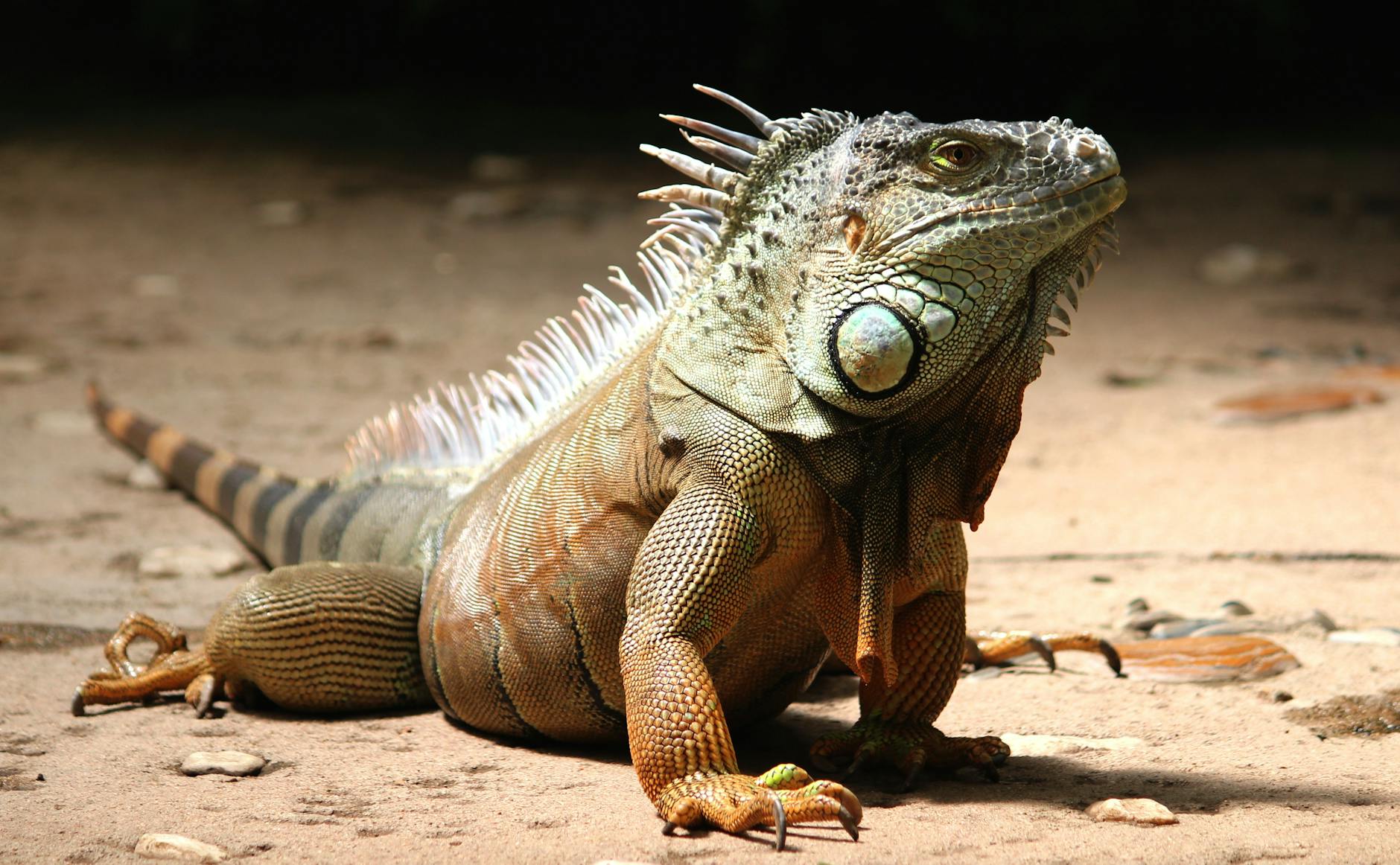
A million. That’s the staggering number of species currently classified as threatened with extinction by the International Union for Conservation of Nature (IUCN). This alarming statistic paints a clear picture of the biodiversity crisis we face. Habitat loss, climate change, poaching, and pollution are just some of the culprits driving this rapid decline. The loss of each species disrupts delicate ecological balances, impacting everything from food chains to nutrient cycling.
2. The Amur Leopard: A Ghost in the Far East Forests
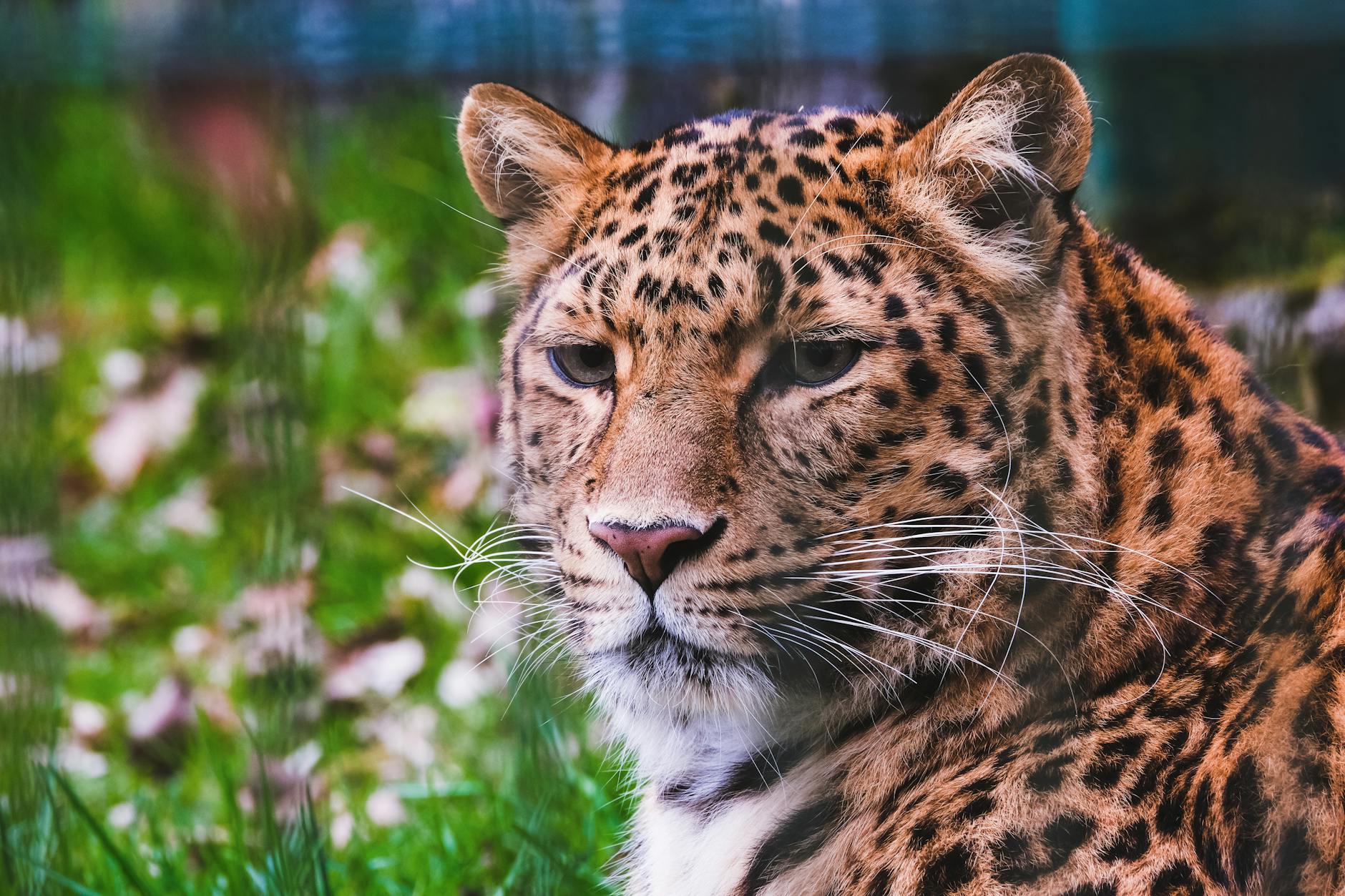
With fewer than 100 individuals remaining in the wild, the Amur Leopard holds the unfortunate distinction of being one of the rarest big cats on Earth. Native to the remote forests along the border between Russia and China, these magnificent creatures face a constant struggle for survival. Habitat loss due to logging and development has shrunk their territory, while poaching for their beautiful fur remains a significant threat. Conservation efforts, including protected areas and anti-poaching patrols, offer a glimmer of hope, but the future of the Amur Leopard remains precarious.
3. The Javan Rhino: A Lone Survivor on the Brink
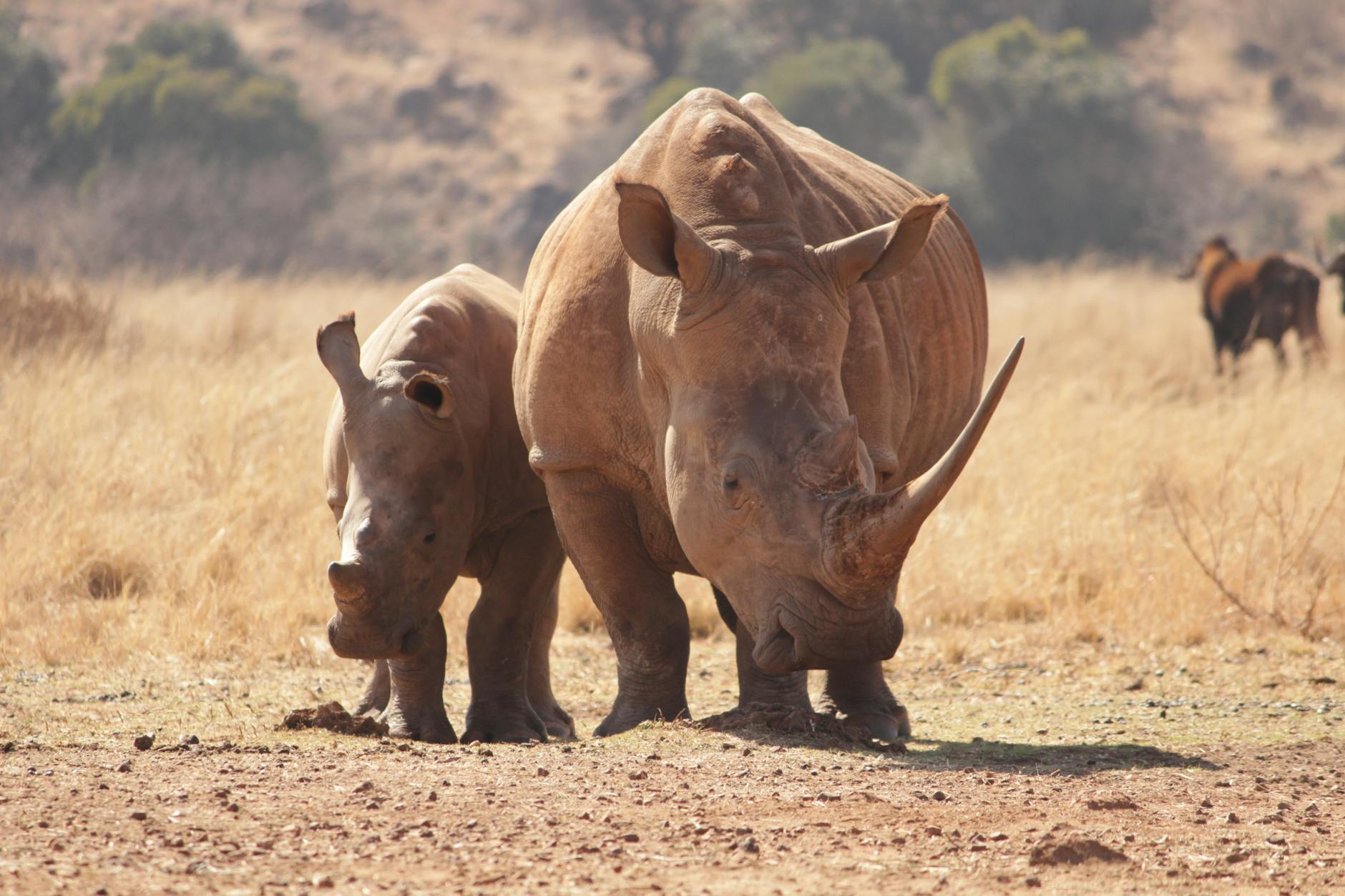
Once widespread across Southeast Asia, the Javan Rhino now clings desperately to existence, with a population estimated to be around 75 individuals. Habitat destruction for agriculture and human settlements has fragmented their remaining range, while ruthless poachers target them for their horns, which are mistakenly believed to have medicinal properties. The Javan Rhino now holds the title of the most critically endangered rhino species on the planet. Dedicated conservation efforts, including breeding programs and increased protection measures, are a race against time to save this magnificent creature from disappearing forever.
Read More: Lost Civilizations: Unravel 15 Enigmatic Cultures | History’s Secrets
4. The Vaquita Porpoise: A Tiny Spark Fading in the Gulf
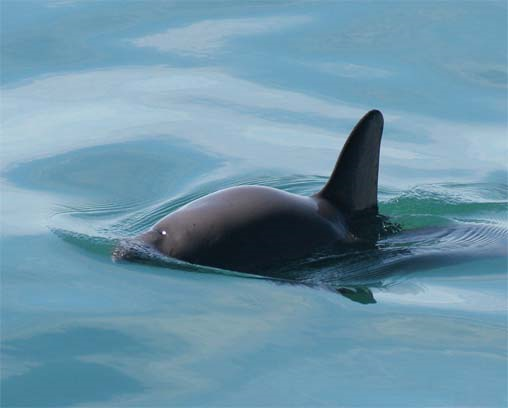
The world’s most endangered marine mammal, the Vaquita porpoise, teeters on the brink of extinction. Found only in the Gulf of California, these small and shy creatures are tragically entangled in fishing gear, particularly gillnets used to catch totoaba, a fish with a high black-market value. With an estimated population of less than 10 remaining, the Vaquita faces imminent extinction unless drastic action is taken. Conservation efforts are focused on reducing bycatch through alternative fishing methods and increased enforcement against illegal totoaba fishing.
5. African Elephants: Giants Under Threat
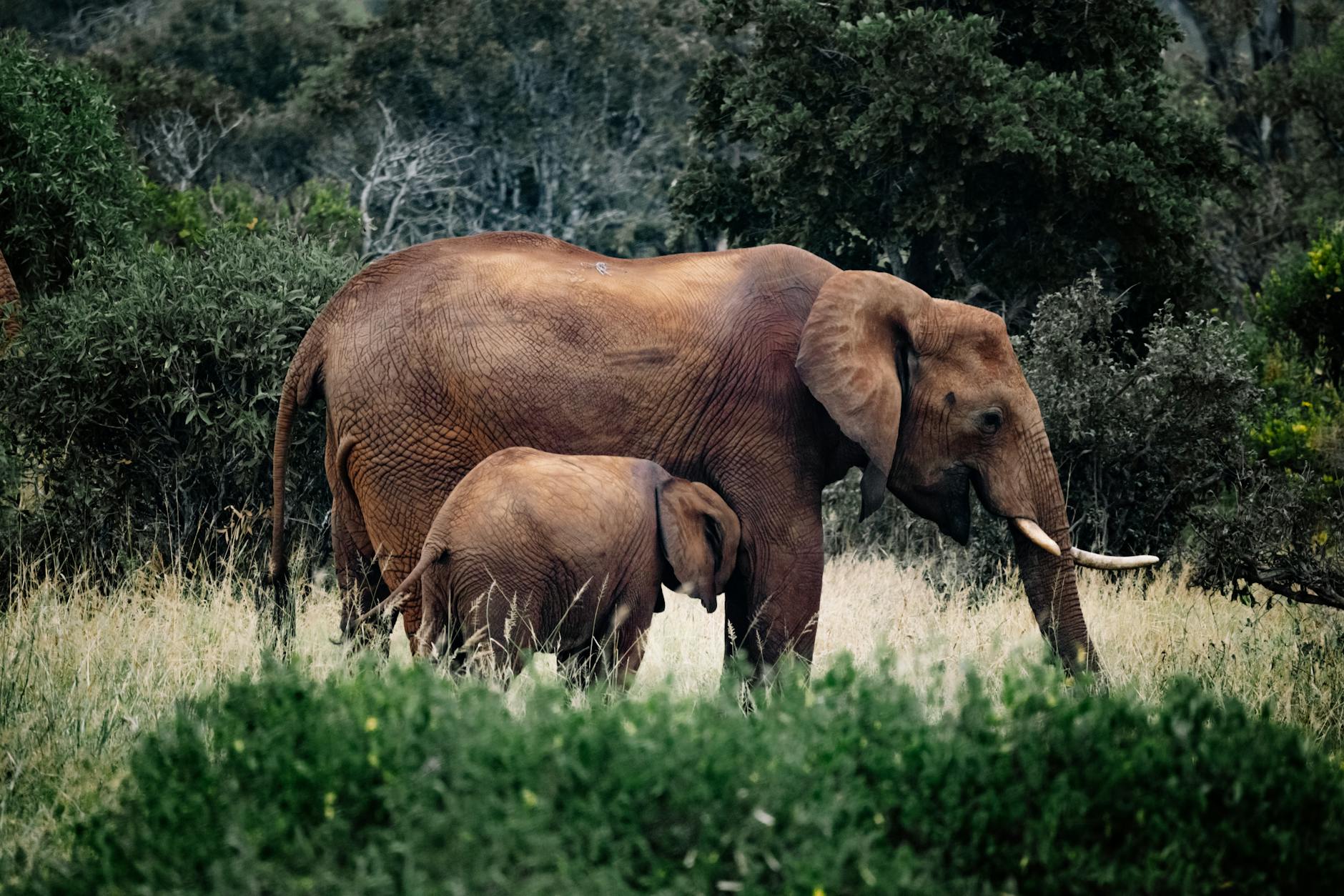
The African Elephant, an icon of the African savanna, has suffered a drastic decline in recent decades. Poaching for their ivory tusks and habitat loss caused by human encroachment have decimated their populations. In the past 50 years, the population of African Elephants has decreased by around 60%. While conservation efforts have helped slow the decline, elephants are still classified as vulnerable, and ongoing protection is crucial for their survival.
6. The Saiga Antelope: From Collapse to Cautious Recovery
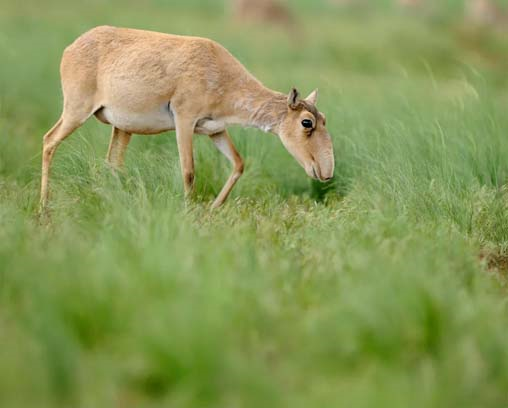
The Saiga Antelope, with its peculiar bulbous nose, once roamed in vast herds across the Central Asian steppes. A combination of disease outbreaks and poaching brought this unique species to the brink of collapse in the early 2000s. However, due to committed conservation work, their numbers are cautiously recovering. Yet they remain critically endangered, a reminder that the fight to protect them from further setbacks is far from over.
Read More: Top 15 Surprising Ways Social Media Impacts the Economy
7. Polar Bears: Victims of a Melting World
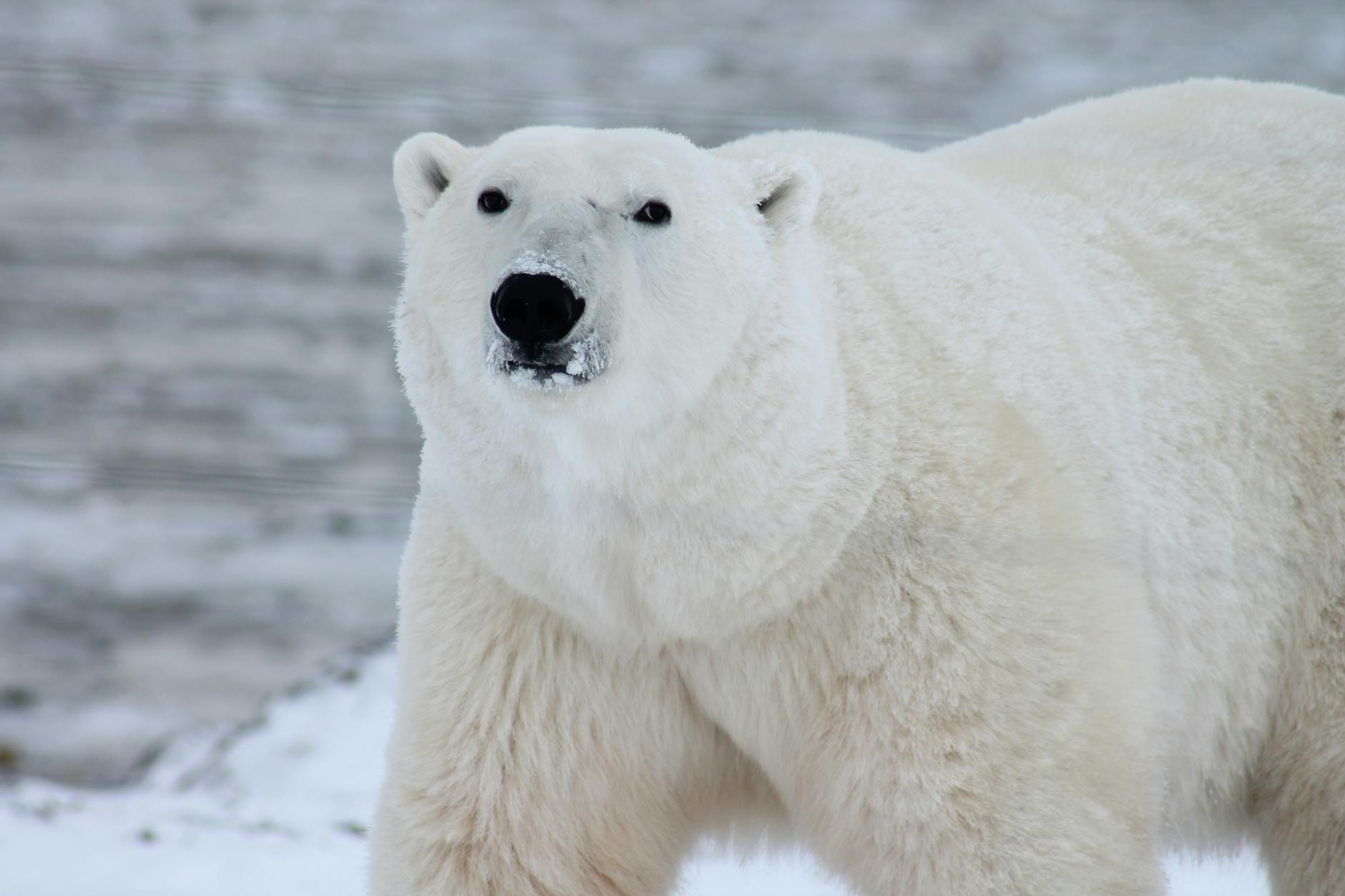
Climate change poses a grave threat to Polar Bears. These majestic creatures depend on sea ice for hunting seals, their primary source of food. As global temperatures rise, sea ice melts at an alarming pace, leaving polar bears with shrinking hunting grounds and dwindling food resources. Polar bears are classified as vulnerable, and their survival hinges on our ability to curb greenhouse gas emissions and mitigate the effects of climate change.
8. Pangolins: The Most Trafficked Mammal
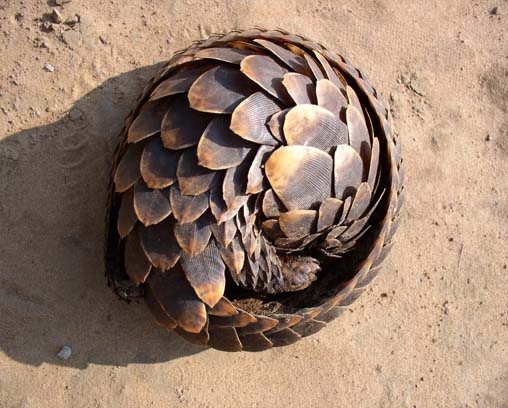
Pangolins, with their distinctive armor of scales, are heartbreakingly the world’s most trafficked mammal. They are heavily poached for use in traditional Chinese medicine, where their scales are falsely believed to have curative properties. All eight species of pangolin are threatened with extinction. Increased awareness, stronger enforcement against illegal trade networks, and the development of effective alternatives are desperately needed to reverse their dire situation.
9. Orangutans: Disappearing Rainforests, Disappearing Apes
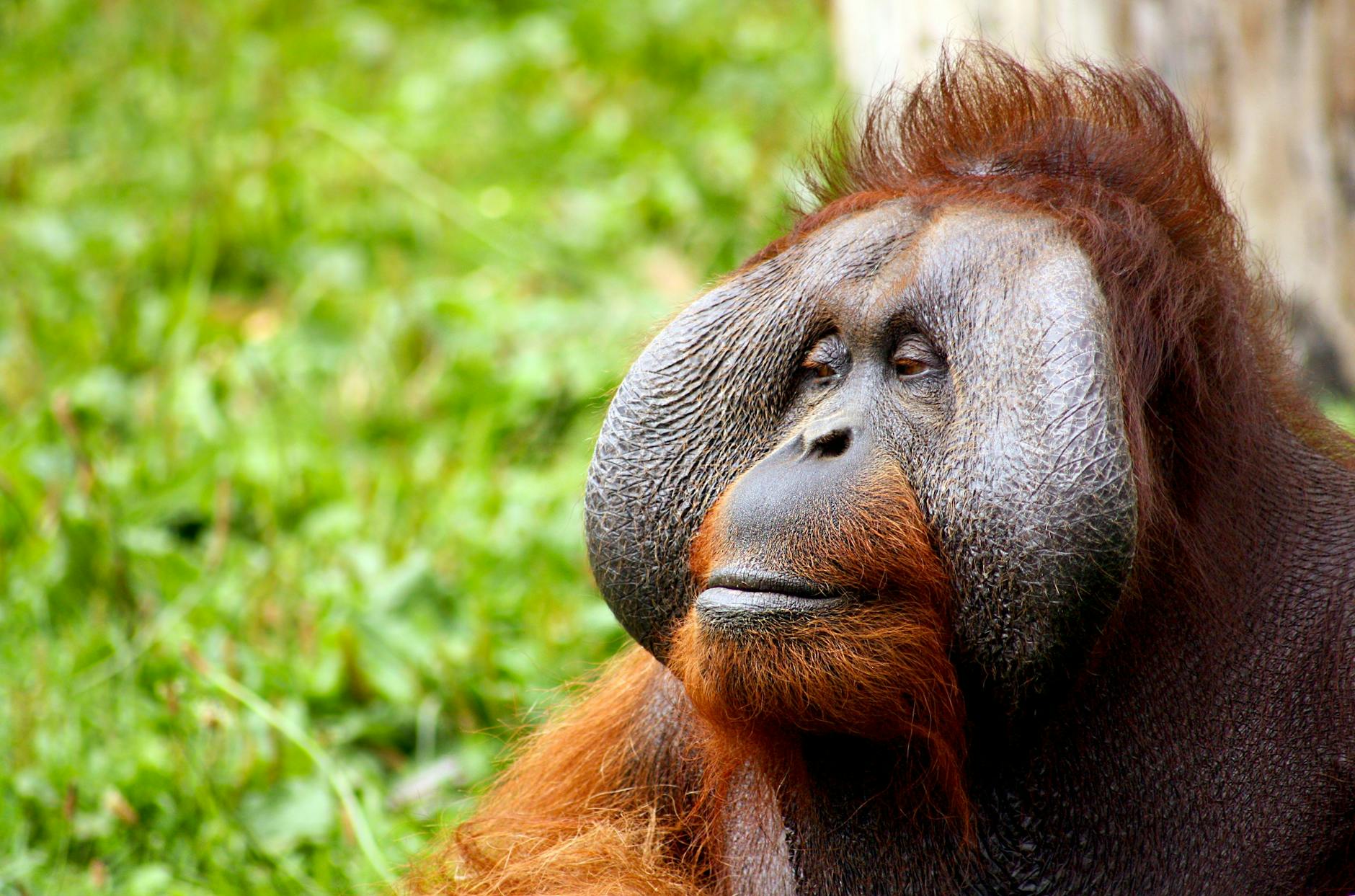
Orangutans, known for their intelligence and gentle nature, are perilously close to extinction in the wild. The primary cause of their decline is the destruction of tropical rainforests in Southeast Asia for palm oil plantations and agriculture. With less than 100,000 estimated to be left, the future of these iconic great apes looks bleak without a shift towards sustainable practices and greater forest protection.
Read More: 15 Mind-Blowing Facts About the Global Economy | Unveiled
10. Sharks: Hunted for Their Fins
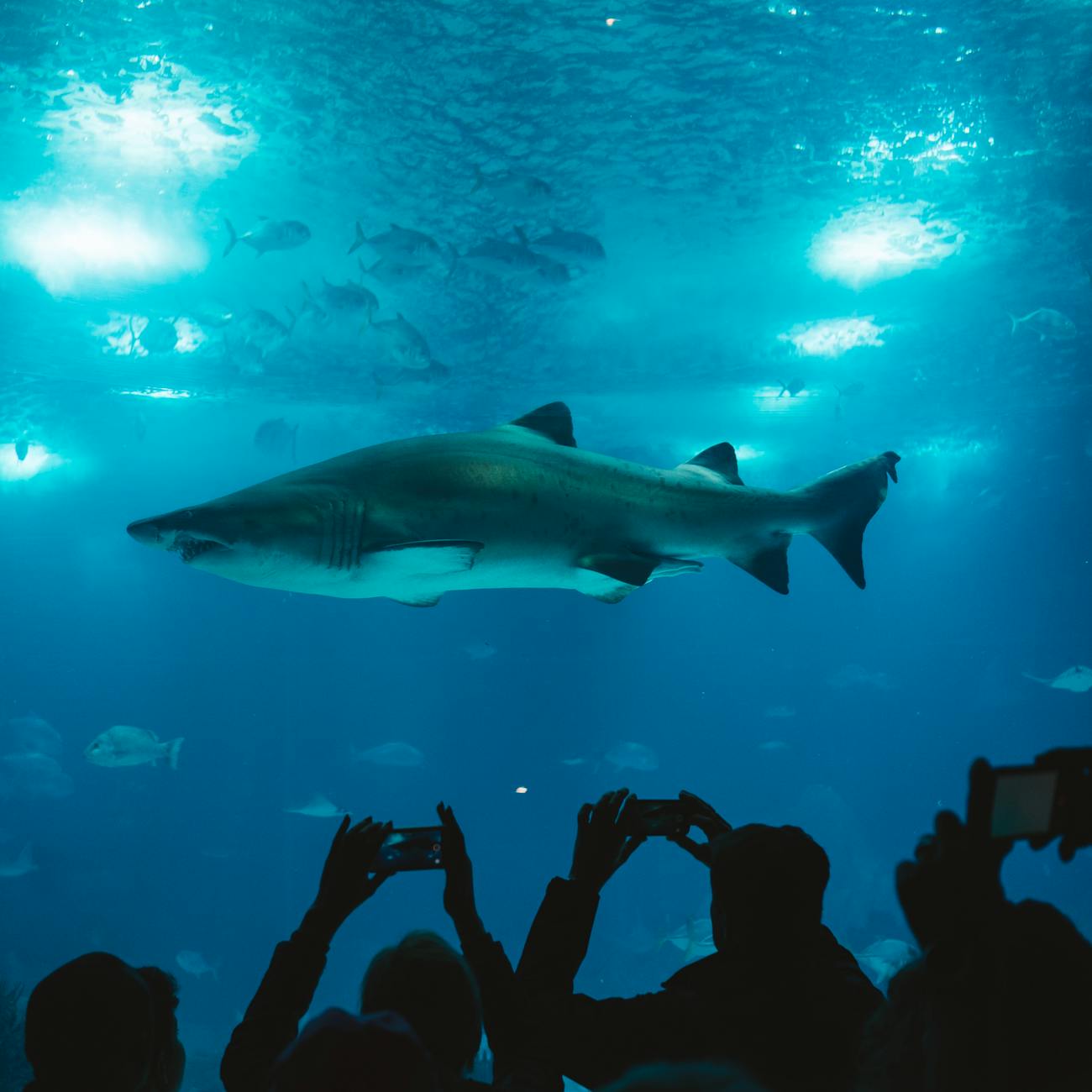
Sharks play a crucial role in marine ecosystems, yet they are increasingly targeted for their fins, a delicacy in some parts of the world. The demand for shark fin soup drives overfishing and a brutal practice known as shark finning, where sharks have their fins cut off and are often thrown back into the ocean alive, unable to swim and doomed to a slow death. Many shark species are now classified as threatened or endangered, highlighting the urgent need for sustainable fishing practices and the reduction of consumer demand for shark fin products.
11. Illegal Wildlife Trade: A Multi-Billion Dollar Threat
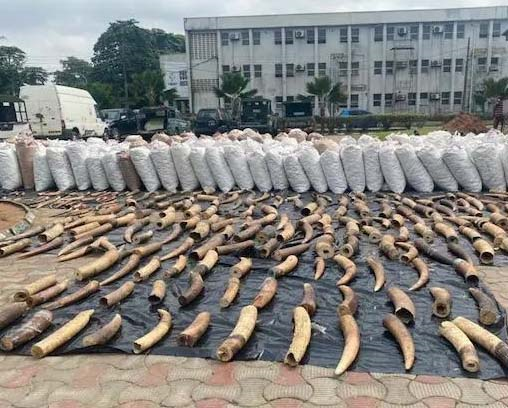
Illegal wildlife trade is a global scourge, pushing many species to the brink of extinction. It’s a lucrative black market fueled by the demand for exotic pets, traditional medicine ingredients, and luxury items. Poaching, trafficking, and the sale of endangered animals, plants, and their products undermine conservation efforts and destabilize ecosystems. Combating this threat requires international cooperation, strong legislation, and a shift in consumer attitudes towards rejecting products derived from endangered species.
12. Habitat Loss: The Root of Species Decline
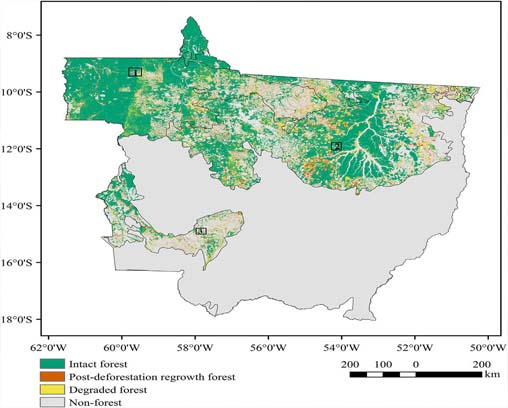
Deforestation for agriculture, logging, and development is the primary driver of habitat loss for countless species worldwide. Forests, grasslands, wetlands, and other vital habitats are destroyed or fragmented, leaving animals with reduced living space, diminished food sources, and disrupted breeding patterns. Habitat protection and restoration, alongside sustainable land use practices, are essential for the survival of numerous endangered species.
Read More: History’s Biggest Turning Points: Myths, Facts, and Unexpected Impacts
13. Sumatran Tiger: Less Than 400 Survivors
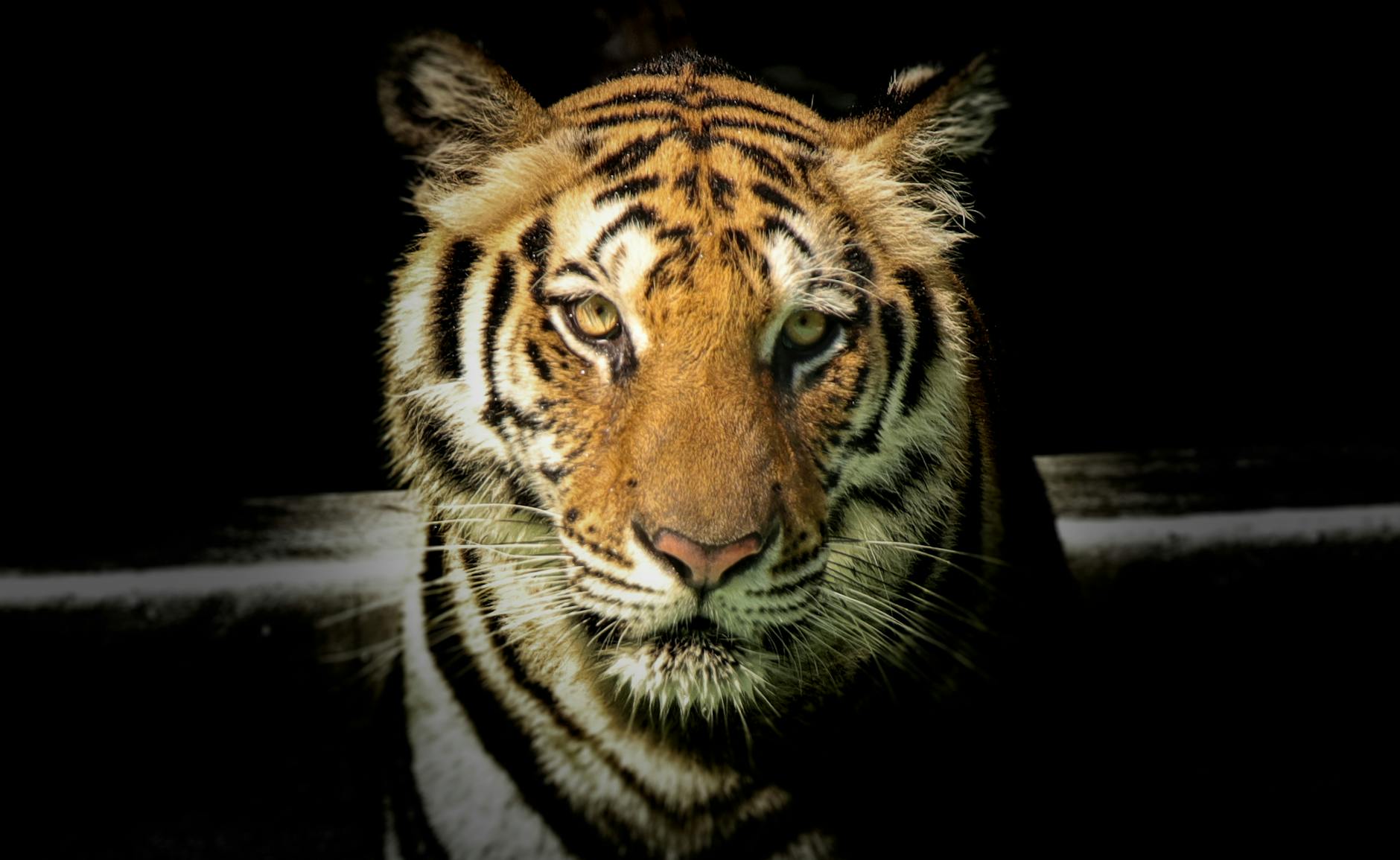
The majestic Sumatran Tiger, the smallest surviving tiger subspecies, is in a desperate fight for survival. Found only on the Indonesian island of Sumatra, their population is estimated at less than 400 individuals. Habitat loss due to palm oil plantations and poaching are pushing these magnificent cats towards extinction. Intensive conservation efforts, including anti-poaching patrols and the creation of protected reserves, provide some hope for the future of this critically endangered species.
14. Coral Reefs: Undersea Ecosystems in Peril
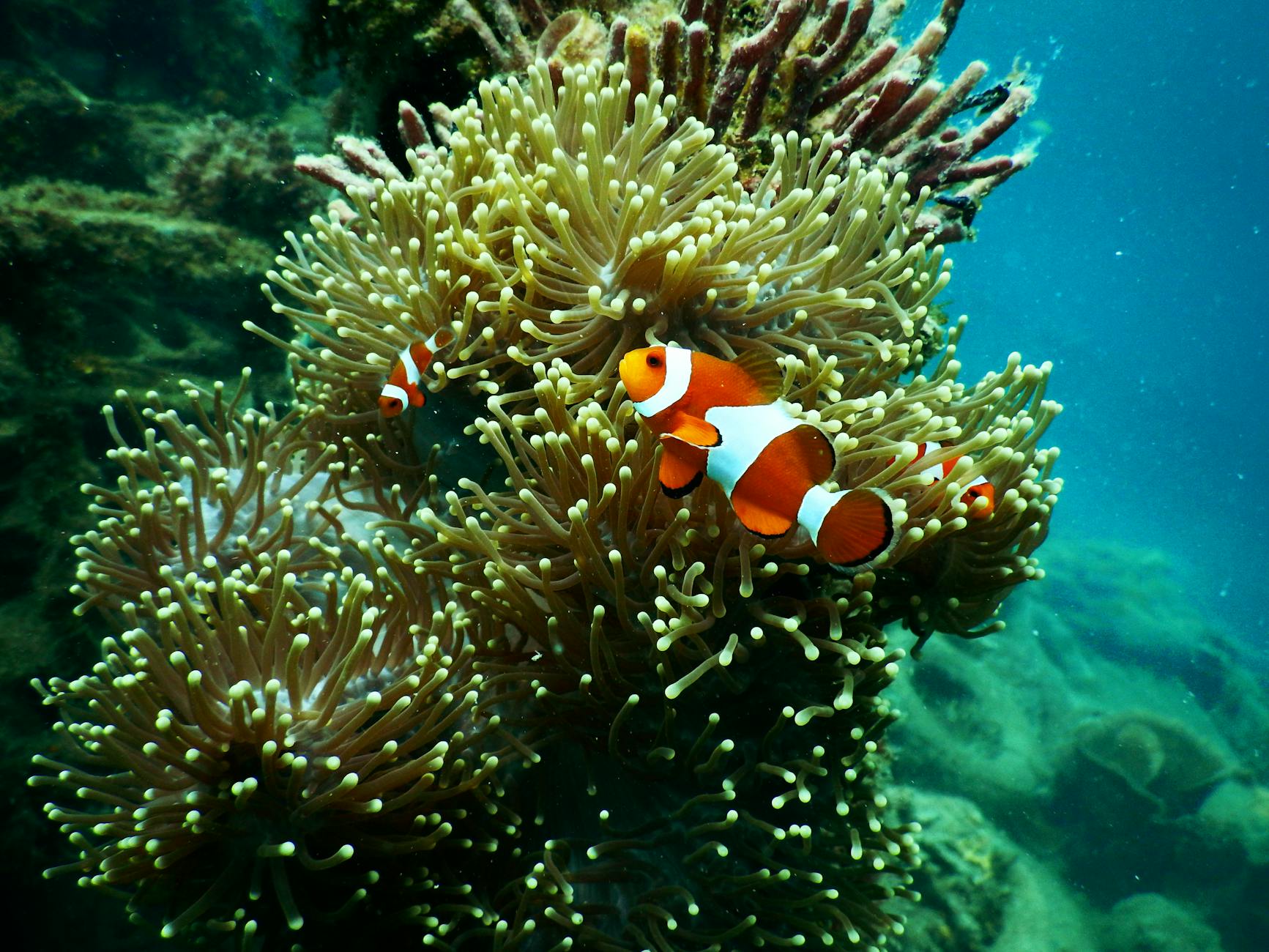
Coral reefs, often referred to as the “rainforests of the sea,” teem with diverse marine life. However, they face an onslaught of threats, including rising ocean temperatures, pollution, and destructive fishing practices. Coral bleaching, a phenomenon caused by warming seas, has devastated vast stretches of reefs. The loss of coral reefs has a profound impact on marine biodiversity, affecting countless fish and other species that depend on these vibrant ecosystems.
15. Pollution: A Pervasive Poison
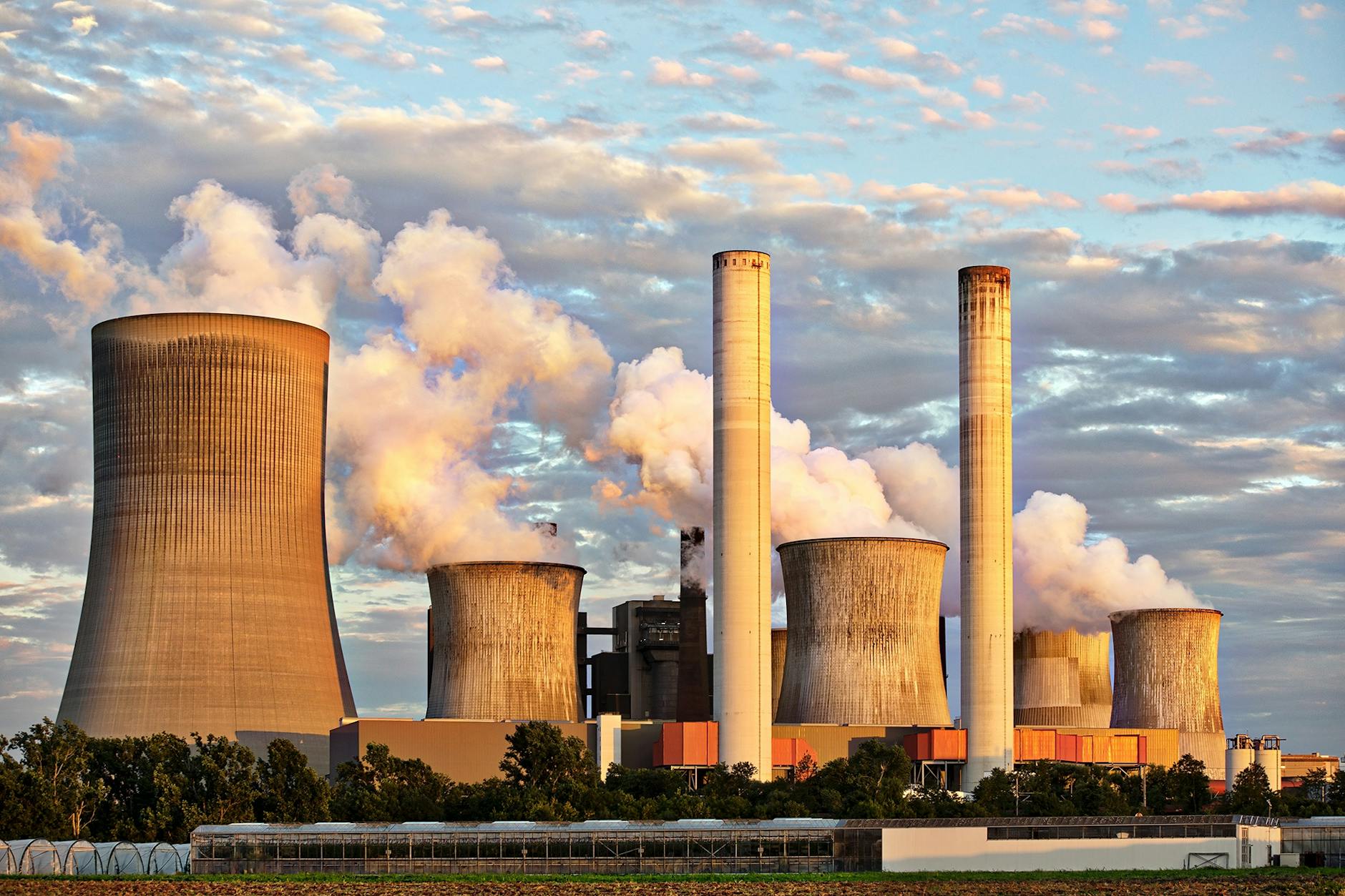
Plastic pollution, chemical runoff from agriculture and industry, oil spills – these pollutants poison our planet, impacting species across habitats. Marine animals are choked by plastic debris or become entangled in discarded fishing gear. Chemicals leach into water sources and build up in animal tissues, leading to disease and reproductive problems. Tackling pollution in all its forms is essential for protecting wildlife and ensuring the health of our planet.
Read More: The Top 15 Inventions That Changed the World | Discover Their Impact
Conclusion:
These 15 heartbreaking facts illuminate the devastating reality of the biodiversity crisis we face. The loss of endangered species is not just a tragedy for the individual creatures; it has far-reaching consequences for the health of our planet. Each endangered species plays a vital role in its ecosystem, contributing to a delicate balance that supports all of life. As humans, we bear the responsibility for the decline of many of these vulnerable creatures. However, we also possess the power to reverse the tide. By making conscious choices, supporting conservation organizations, and demanding sustainable practices, we can create a world where endangered species not only survive, but thrive.
15 FAQs (Frequently Asked Questions):
-
What can I do to help endangered species?
There are many ways! Here are a few ideas:
Reduce your impact: Recycle, conserve water and energy, avoid single-use plastics.
Support sustainable businesses: Opt for products that are ethically sourced and environmentally friendly.
Learn and share: Educate yourself about endangered species, and spread awareness.
Donate or volunteer: Support reputable conservation organizations with your time or resources.
Make informed choices at the ballot box: Vote for leaders who prioritize environmental protection. -
Are there any success stories in endangered species conservation?
Absolutely! While the situation for many species is dire, there are inspiring examples of successful conservation efforts. The Giant Panda, the Bald Eagle, and the Arabian Oryx are just a few species that have been brought back from the brink due to targeted conservation measures.
-
Is it too late to save some endangered species?
Every species deserves our efforts, and we should never give up on conservation. However, for some critically endangered species with tiny populations, extinction may be difficult to prevent. This highlights the urgency of action and the importance of protecting species before they reach this critical point.
-
Does protecting endangered species matter when there are so many human problems to solve?
Protecting endangered species and addressing human issues are not mutually exclusive. Healthy ecosystems and biodiversity provide essential resources like clean water, food security, and climate resilience, all of which benefit human well-being. Furthermore, environmental conservation creates jobs and supports sustainable economic development.
-
How does climate change affect endangered species?
Climate change has a devastating impact on endangered species in numerous ways:
Habitat shifts: Changing temperatures and precipitation patterns can make existing habitats unsuitable for species; some may be unable to migrate to new areas quickly enough.
Disrupted food chains: Climate change can impact the timing of plant blooming, insect hatching, and animal migrations, disrupting the delicate food webs that species rely on.
Extreme weather events: More intense droughts, floods, storms, and wildfires threaten the survival of vulnerable species, particularly those living in limited ranges.
Sea level rise: Coastal habitats vital for species like shorebirds and marine turtles are inundated, leading to loss of nesting and feeding grounds. -
How does the illegal wildlife trade contribute to species endangerment?
The illegal wildlife trade drives a continuous cycle of exploitation:
Poaching: Animals are brutally killed to cater to the demand for exotic pets, luxury goods fashioned from their body parts, and traditional medicine ingredients.
Trafficking: A complex and well-organized network of traffickers fuels the illegal trade, smuggling live animals or animal products across borders.
Unsustainable demand: The belief in unfounded medicinal properties, social status symbols, or simply the desire for exotic pets sustains this destructive trade. -
What’s the difference between “Endangered” and “Threatened”?
Both terms are used by the IUCN to categorize species facing a risk of extinction, but they indicate different levels of severity:
Endangered: Means a species is at very high risk of extinction in the wild in the near future.
Threatened: Indicates that a species is likely to become endangered if the threats it faces are not addressed or mitigated. -
What are some less well-known endangered species that need our attention?
While certain species get more spotlight, many less publicized endangered creatures are equally deserving of conservation actions:
Pangolins: These unassuming, scale-covered mammals are the most trafficked in the world.
Saola: Also known as the “Asian unicorn,” this elusive antelope is critically endangered due to habitat loss and snaring.
Vaquita: The world’s smallest and most endangered marine mammal, it’s threatened by bycatch in fishing gear.
Gharial: A distinctive crocodile with a long, narrow snout, found in dwindling numbers in India. -
I hear about “invasive species” a lot. How do they impact endangered species?
Invasive species are non-native plants or animals introduced into a new environment where they become overpopulated and harmful. They can have devastating impacts on endangered species in several ways:
Competition for resources: Invasive species often outcompete native species for food, water, and shelter, putting additional pressure on already struggling populations.
Predation: Invasive predators can directly prey on endangered animals, leading to population declines.
Habitat alteration: Invasive plants can overrun habitats, transforming them into environments unsuitable for native species.
Disease transmission: Invasive species can introduce new diseases to which vulnerable native species have no natural immunity. -
Are zoos and aquariums helpful in the effort to save endangered species?
Accredited zoos and aquariums play an important role in conservation, but with some nuances:
Breeding programs: They have been successful in captive breeding programs for endangered species, helping to increase populations and potentially reintroduce them to the wild.
Education & awareness: Zoos provide an opportunity for the public to learn about endangered species, fostering greater awareness and support for conservation efforts.
Research: Zoos contribute to research on animal behavior, physiology, and veterinary care, which can aid in protecting endangered species in the wild.
Ethical concerns: Some people raise ethical concerns about keeping animals in captivity, no matter how well-intentioned. It’s important to choose to support accredited institutions with rigorous ethical standards. -
Does buying products labeled “sustainable” really help endangered species?
It depends. “Sustainable” can be used loosely, so look for credible, third-party certifications. Here’s the breakdown:
Certifications matter: Seek out certifications from reputable organizations like the Forest Stewardship Council (FSC) for wood products, the Marine Stewardship Council (MSC) for seafood, or the Rainforest Alliance for a variety of products. These certifications ensure that goods are sourced responsibly with minimal environmental impact.
Mindful consumption overall: Sustainable purchasing is one part of the solution. Also, focus on reducing your overall consumption, reusing, and minimizing waste to lessen your environmental footprint. -
Is it better to donate to big conservation organizations or local ones?
Both play important roles!
Large organizations: Have the resources and networks for large-scale conservation projects, research, and global advocacy.
Local organizations: Have on-the-ground knowledge and focus on protecting specific habitats and species within a region. Often, they can make your donation go further due to less overhead.
Ideally, supporting a mix of larger reputable organizations alongside local grassroots efforts creates a well-rounded approach to conservation. -
Are there technological innovations helping to protect endangered species?
Yes! Technology offers promising tools for conservation efforts:
Monitoring: Camera traps, drones, and satellite imagery help researchers monitor the movements and population sizes of endangered species, even in remote areas.
Anti-poaching: Acoustic sensors, night vision technology, and artificial intelligence (AI) systems can detect and deter poaching activities.
Data analysis: Powerful software helps scientists analyze large amounts of data on wildlife populations and habitats, guiding conservation strategies.
Citizen science: Mobile apps and online platforms allow the public to contribute observations of endangered species, expanding the reach of researchers. -
Can planting trees help endangered species?
It can, but with important considerations:
Reforestation: Restoring degraded forests can provide habitat for endangered animals and contribute to overall ecosystem health.
Choosing the right trees: It’s essential to plant native species that naturally belong in the specific ecosystem to avoid negative impacts.
Protecting existing forests: Preserving mature forests is often more beneficial than planting new ones, as they hold complex ecosystems and carbon storage potential that plantations can’t replicate. -
I’m just one person; can I really make a difference?
Absolutely! Every individual has the power to create positive change:
Your choices matter: Support sustainable products, reduce waste, and be a mindful consumer.
Spread the word: Share your passion for conservation with others; your enthusiasm can be contagious.
Advocate for change: Contact your elected officials and let them know that environmental protection is important to you.
Support reputable organizations: Donate to or volunteer with organizations making a tangible difference in protecting endangered species.
Don’t underestimate the power of your actions. Collective efforts drive real change!




